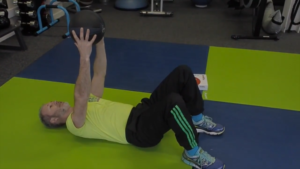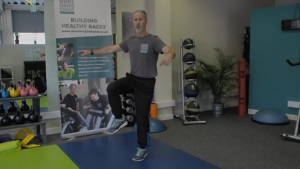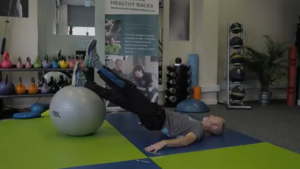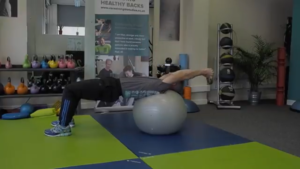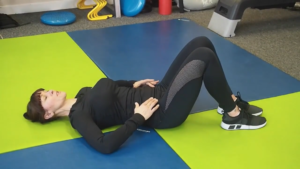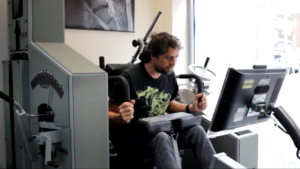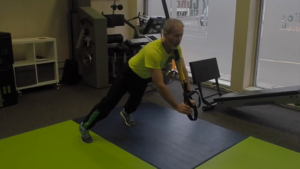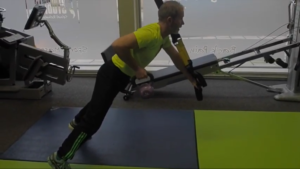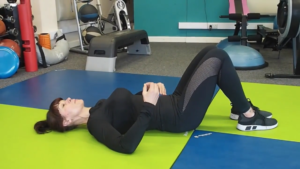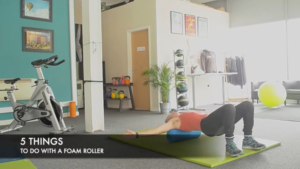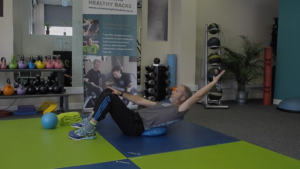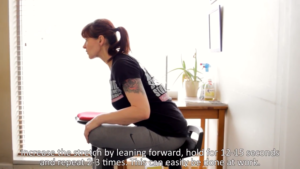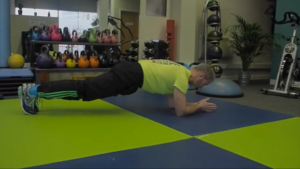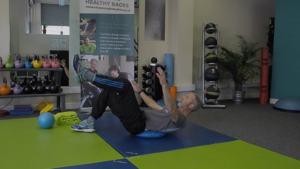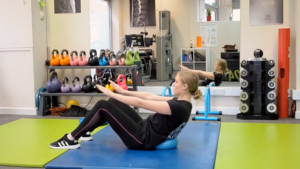If your back ever ‘goes’, you’d like to think that it was from doing something heroic, right? Something you can impress your mates with as you regale your story of courage and bravery.
Take it from someone who did their back in by picking up a piece of Lego, 9 times out of 10 people experience that terrifying locking-up from doing something slightly less bold. Think taking the washing out of the machine, closing the car door, or sneezing. Wave goodbye to your bragging rights.
The good news is that 90% of people who experience back pain will recover within 6 weeks. The aim of this stage is to stay comfortable, manage your pain and avoid making the problem worse as you recover.
If you are unlucky enough to seize up next time you pick up a pencil (really) then follow these tips for some self-care which you can do at home.
1. Don’t panic
I get it, this is easier said than done but when your back seizes up, the muscles are in spasm. The more tense you are, the less likely this spasm is to ease. Be reassured by the fact that there’s a 90% chance you’ll recover in a few weeks and try to relax as much as you can.
2. Rest for the first hour
Try and find a comfortable position when your back first locks up. To help the muscles ease, rest in this position for about an hour.
3. Take short walks
Movement is highly beneficial for back pain. When you move, your joints release a fluid which helps lubricate them. If your spine is locked up, the release of this fluid with help you move more freely and feel less stiff. In addition, your muscles will loosen off, and you’ll be helping your core muscles activate (more of that a bit later)
I get that in the initial stages, walking may be pretty uncomfortable so take it in baby steps, just walking around the house for 5-10 mins at a time at first.
4. Take Ibuprofen
Ibuprofen is both a pain-reliever and an anti-inflammatory so it can help with pain and reducing any inflammation caused by your injury. Short-term it may provide relief.
5. Keep warm
Heat therapy can work wonders on muscle spasms by increasing circulation, helping you to relax and by decreasing pain transmitters to your brain. Take a warm bath or shower or use a heat pack or hot water bottle on your low back.
6. Activate your core
You know how when you have a bad leg, you limp as your body tries to compensate and use the stronger muscles instead of the injured ones? The same can happen with back pain. Your body will try and protect your back by moving differently (which you probably won’t notice, it’s very sneaky) and not using the muscles which you need to keep your back strong.
The danger in the first 6 weeks is that your back and core muscles will weaken, which then leads to a longer-term problem and leaves to vulnerable to injury. Override this by consciously activating your core every time you move, lift and bend to maintain your strength and protect your back.
7. Keep moving
And avoid long periods of time sat down. As I mentioned before, your body needs to move to avoid seizing up so over the course of your episode, stay as mobile as you can. Take frequent breaks from your desk if you’re office-bound and try and fit in a daily walk, or some gentle exercise. Which leads nicely on to…
8. Gentle core exercise and stretches
We have an easy 10-minute routine on our YouTube channel which is ideal for people with back pain, as is yoga or pilates. You can also try some of these simple stretches for back pain. Try and avoid sit-ups, as they won’t work your deep core muscles and may put extra strain on your back.
9. Avoid bending & twisting
Your back is at it’s weakest when it’s bending and twisting at the same time. Often that’s the movement you were doing when it went in the first place. When putting washing in the machine, kneel down before you twist, and if you’re picking something up, position yourself so you don’t have to twist as you do so.
We work with people both in the initial stage of back pain and to help people get stronger and back to doing the things they love if their pain lasts longer than 6 weeks.
If you are experiencing an attack, our team can help ease your pain, get you moving freely and guide you through an exercise programme safely to avoid your problem becoming long-term. Click the button below to register today for a free consultation to see if we can help.
featured
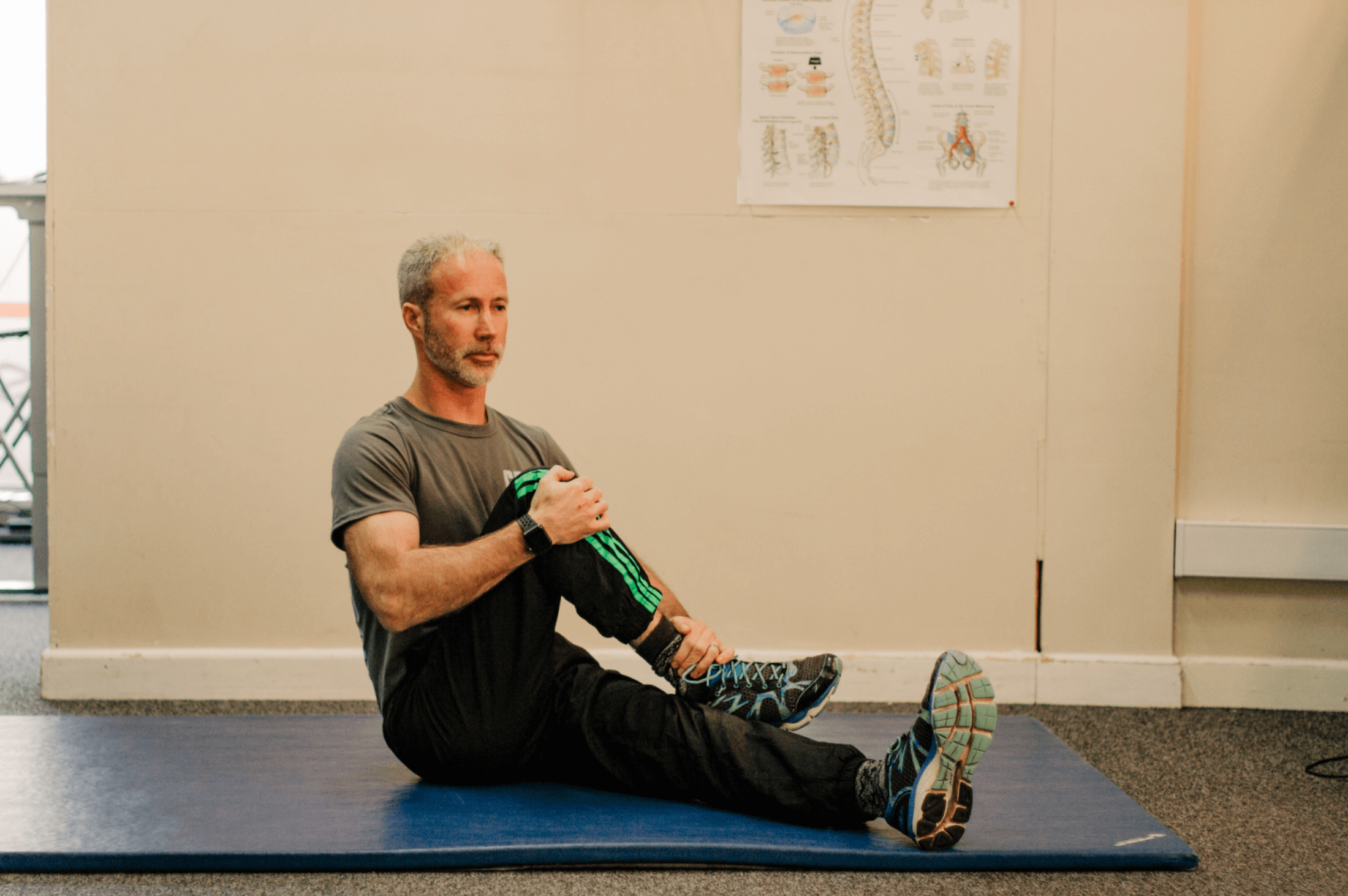
4 Simple Stretches to Beat Back Pain
Back pain is a scourge of our modern lifestyle. Hours spent sedentary at the office, combined with sitting in the car or train for long periods and slumping on the sofa in front of the TV or phone after a hard day can lead to the onset of back problems. Postural changes along with a ...
Reading Time: 2 minutes >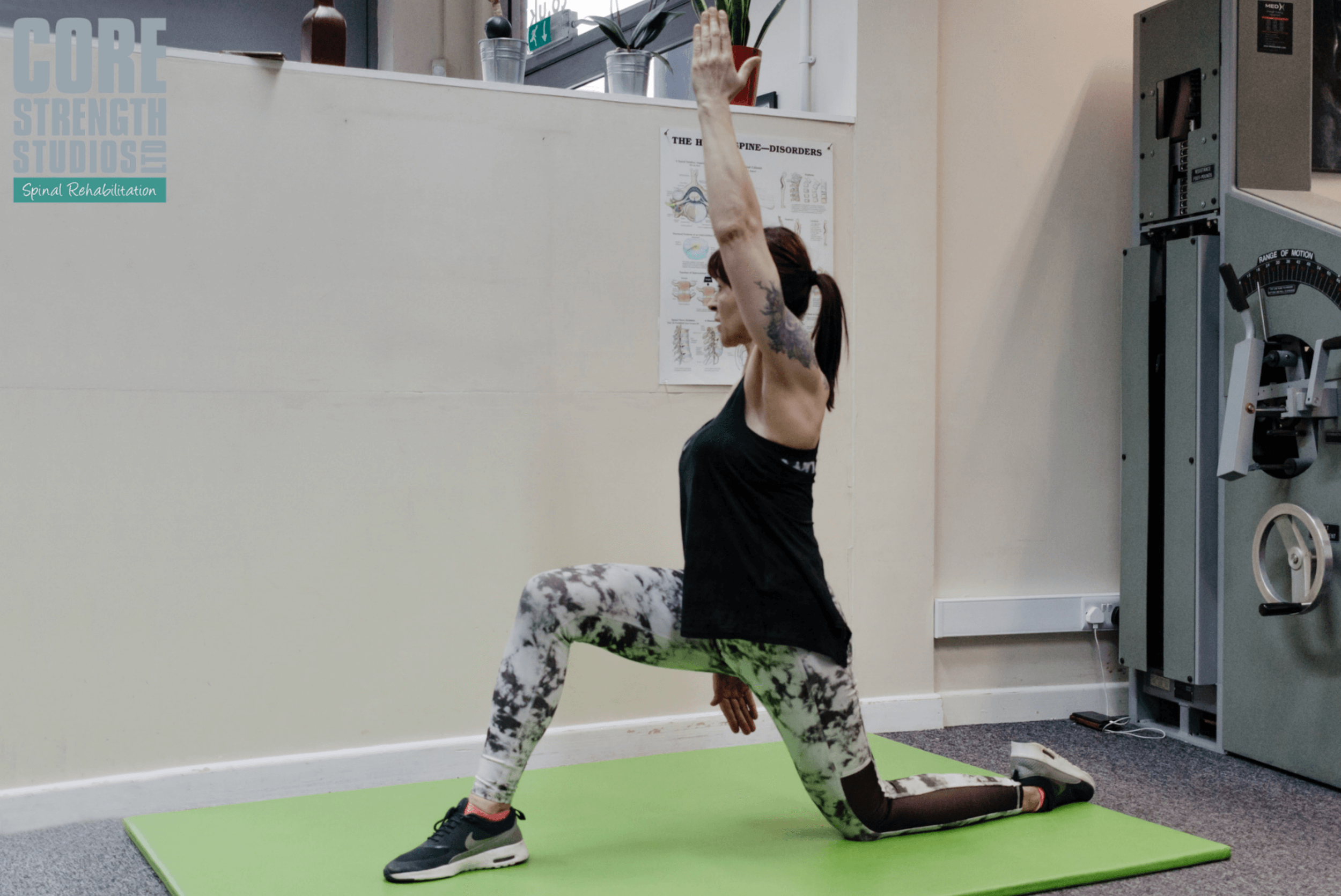
3 Simple Stretches for Back Pain
If you’ve ever had back pain, you may be familiar with that ‘rusty hinge’ feeling. You know when you feel as if your muscles are conspiring against you to stiffen you up and not let you bend Further than a few degrees? Or when the thought of being stretched on one of those medieval racks becomes ...
Reading Time: 2 minutes >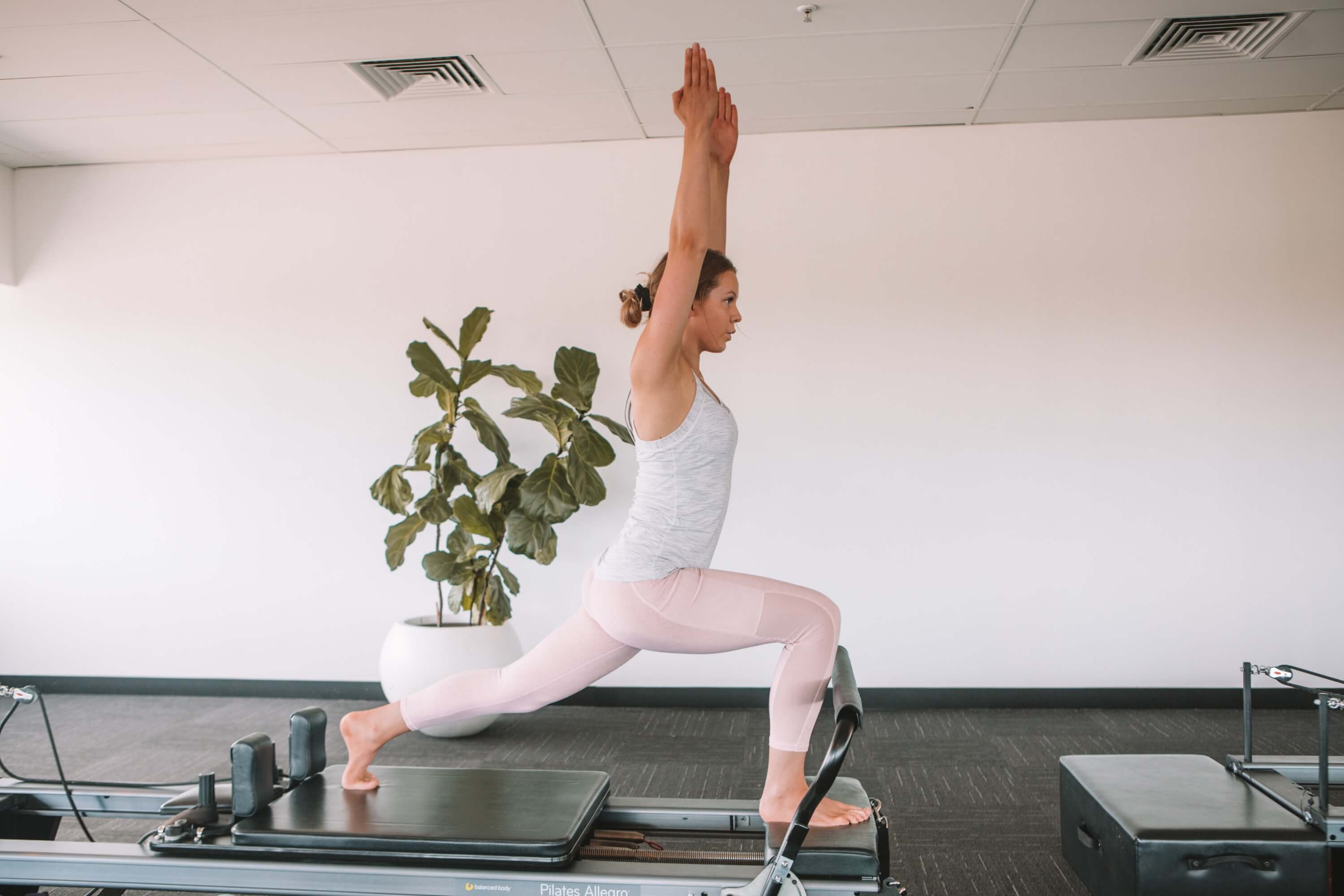
How to: Psoas Stretch for Back Pain
If you spend long periods of time with your legs flexed at the hip (such as when sitting or cycling) and are experiencing stiffness or aching in your back, there is a chance that a tightening of your Psoas muscle (right) could be a contributing factor. The muscle attaches the leg to the back and ...
Reading Time: < 1 minute >


